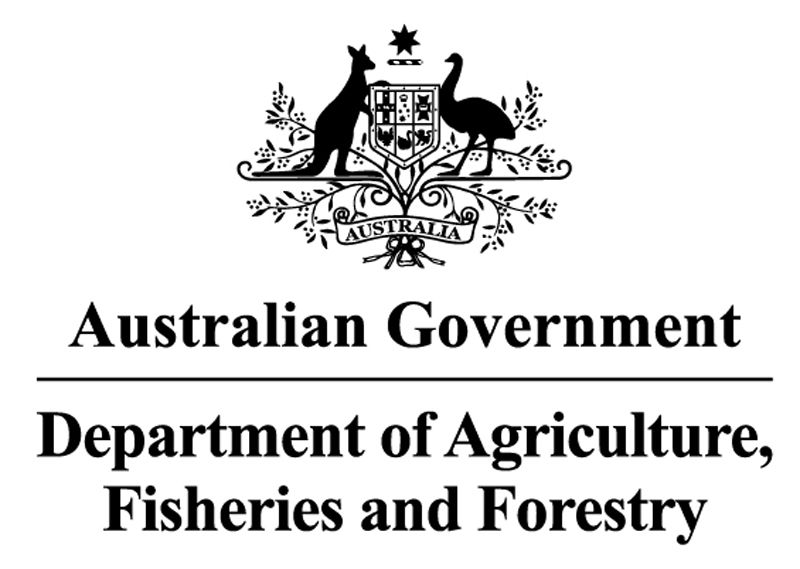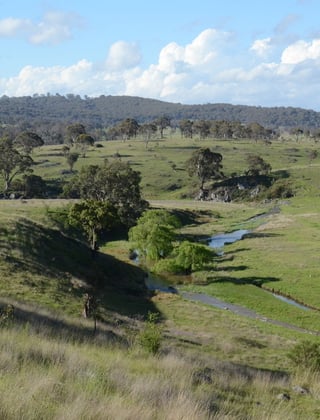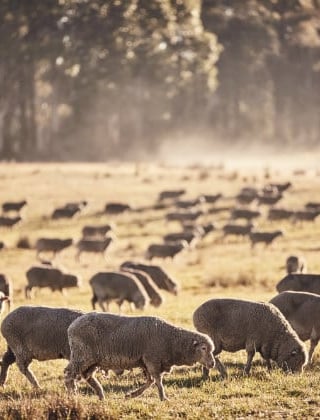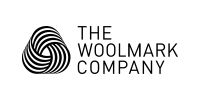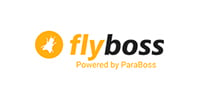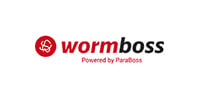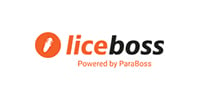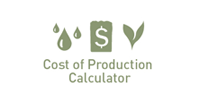Navigating the Woolmark+ roadmap
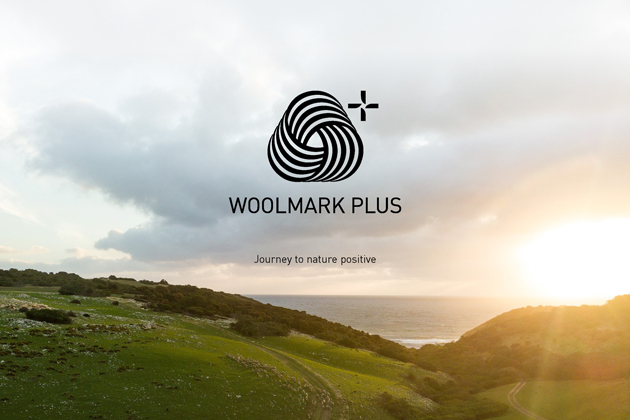
AWI and its marketing arm, Woolmark, unveiled in September a comprehensive roadmap, known as Woolmark+, that is designed to help woolgrowers and supply chain partners work together to accelerate and communicate to consumers the wool industry’s transition towards a ‘nature positive’ future. This article provides an update on the status of the 13 initiatives in the Woolmark+ roadmap and how woolgrowers can get involved.
The Woolmark+ roadmap has been developed in response to the increasing consumer and regulatory demands for low-impact products that is putting pressure along the whole supply chain of the textile and fashion industries.
Woolmark+ is designed to build on Australian wool’s premium reputation and ensure woolgrowers’ work with nature is recognised and supported.
The Woolmark+ roadmap has three overarching objectives, which will be delivered via a series of 13 initiatives, many of which are designed to support woolgrowers as they manage their natural assets for the benefit of their business.
Australian woolgrowers are encouraged to engage in the Woolmark+ initiatives to optimise nature positive practices on their farms and maximise the benefits, including:
- Market access – Being able to showcase nature positive practices will enhance the reputation of Australian wool and increase access to market opportunities, both for individual woolgrowers and for the industry as a whole.
- Increased productivity – Nature positive farming practices can enhance agricultural productivity, profitability and ensure long-term sustainability.
- New income streams – As demand continues to grow for more sustainable products and climate-positive solutions, this will drive diversified revenue streams and a more stable business outlook for woolgrowers.
- Future generations – By supporting sustainable livelihoods, we can help safeguard wool-growing now and into the future.
More information:
www.wool.com/woolmarkplus
woolmarkplus@wool.com
Episode 269 of AWI’s The Yarn podcast at www.wool.com/podcast
Status of the 13 initiatives in Woolmark+
Objective: Accelerate nature positive production |
|
1. Insetting program The Woolmark+ Australian Wool Insetting Program is a new pilot initiative that is being designed to connect woolgrowers with global fashion and textile brands looking to reduce their supply chain emissions. It aims to support woolgrowers to secure funding from brands to implement emissions reduction and removal activities on their farms, such as flock productivity gains and tree plantings. Woolgrowers and brands are currently being onboarded to take part in the development and trial of the Program. The Program is supported by the Australian Government through funding from the Climate-Smart Agriculture Program under the Natural Heritage Trust.
More information: www.wool.com/insetting |
|
2. Enhanced sheep productivity and profitability The AWI-funded Merino Lifetime Productivity (MLP) project aims to enhance existing Merino breeding and selection strategies, for both ram sellers and buyers, to deliver greater lifetime productivity and profitability, through increased rates of genetic gain in key existing traits and new traits such as feed efficiency, resilience, survival. This in turn will lead to greater productivity per unit of methane. The MLP project is a 10-year venture between AWI, the Australian Merino Sire Evaluation Association (AMSEA), nominating stud Merino breeders and partners at five sites across Australia. The project has tracked the lifetime performance of 5,700 ewes as they proceeded through four to five joinings and annual shearings. A full suite of assessments has been taken on the ewes including visual trait scoring, classer gradings, objective assessments of a range of key traits and index evaluations along with a DNA genotype at the start and end the of their lives. More information: www.wool.com/MLP |
|
3. Nature positive farming framework AWI has collaborated with woolgrowers and the supply chain (including brokers, certification schemes and brands) to develop 12 industry-informed metrics most relevant for measuring on-farm natural capital and environmental performance. Once operational, the specification will help woolgrowers, brands, and consumers better understand and promote wool’s role in regenerating the environment. The majority of the metrics selected can be assessed cost-effectively using satellite imagery or farm data; this reduces costs and makes it more accessible for woolgrowers. The metrics align with global reporting frameworks so they can integrate seamlessly into broader sustainability reporting systems. Further work is currently underway before the nature positive farming framework is finalised to help determine how to combine the information from the metrics to assess nature positive claims, and how the data collection can be done in a rigorous, yet cost-effective way. More information: www.woolmark.com/nature-positive-framework |
|
4. Methane Emissions Reduction in Livestock The Australian sheep and wool industry is investing in R&D to implement practical and safe ways for producers to use feed additives to reduce methane emissions from Australian sheep grazing systems. There are currently nine R&D projects underway with supporting funding from the Australian Government’s Methane Emissions Reduction in Livestock (MERiL) program. This work sits within the National Sheep Methane Program (NSMP) which is a collaborative and coordinated effort between AWI and the departments of primary industries and universities in the main wool producing states. More information: www.wool.com/meril |
|
5. Carbon storage on wool farms AWI has co-invested in the Carbon Storage Partnership, an MLA-led initiative that aims to identify the most effective, regionally relevant techniques that woolgrowers can implement to reduce greenhouse gas emissions, sequester carbon in soil and vegetation, and build biodiversity, whilst improving productivity. The research phase has been completed and the development of extension material for woolgrowers is underway. |
|
6. Nature positive impact program This program is currently under development by AWI. It will aim to connect investors with independent programs at leading institutions, presenting a portfolio of investment opportunities spanning across research, development, education and conservation, to accelerate a nature positive future. |
|
Objective: Deliver the circular fibre of choice |
|
7. Woolmark quality assurance program Through the world-famous Woolmark Certification Program, established in 1964, AWI continues to uphold wool quality standards and promote long-lived products. Woolmark-certified products are assessed and approved for fibre content, durability, laundering and colourfastness. When attached to a product, such as on a sewn-in label or a swing ticket, the logo provides customers with an assurance of quality for the product, thereby also helping to strengthen the demand for wool. More information: www.woolmark.com/certification |
|
8. Woolmark recycled wool content specification The Woolmark Certification Program has been extended to include a specification to quality test and certify products with recycled wool content. Wool is already the role model fibre in the global transition towards the circular economy due to its high recycling rate. Brands wishing to demonstrate their alignment with the circular economy increasingly purchase virgin raw materials that are well-suited to recycling. More information: www.woolmark.com/recycled |
|
9. Removing chemicals of concern in the supply chain AWI has begun working with the Woolmark licensee network to understand where chemicals of concern are still in use in wool manufacturing and work to phase these out. This will help ensure that wool is regarded as a fibre that fits into a circular model of textile production that minimises pollution and aligns with forthcoming regulation. |
|
Objective: Support thriving flocks and communities |
|
10. Traceable wool production AWI has provided a Woolmark Supplier Search directory on woolmark.com that features a range of Woolmark-licensed suppliers – from spinners and weavers to trading houses and vertical operations – all committed to specific sustainability practices. All Woolmark-certified suppliers are invited to self-declare their sustainability activities on the directory, helping establish benchmarks for responsible sourcing. This showcases how the entire wool value chain is committed to sustainability. More information: www.woolmark.com/suppliers |
|
11. New pest and disease management solutions Chemical resistance in sheep blowflies is compromising the effectiveness of current sheep flystrike control options, and there is potential for their access to be further restricted due to workplace health and safety, and residue and environmental concerns. AWI and its research partners are investing in a range of new technologies and natural formulations to provide new approaches with low residue and reduced environmental impacts, to target the blowfly and minimise the risk of flystrike in their sheep. These investments include the creation of biopesticides derived from natural essential oils, such as tea tree oil, which are enhanced through nanotechnology. Additionally, AWI is exploring biological control methods for flies, including the Sterile Insect Technique. AWI is also investigating blowfly genomics to identify new targets for future control tools. |
|
12. Supporting woolgrowers to manage flystrike AWI’s Flystrike Extension Program is available to woolgrowers across Australia to improve the lifetime welfare of their sheep, reduce their reliance on mulesing, optimise/minimise chemical use and increase whole farm profitability:
More information: www.wool.com/flystrikeresources |
|
13. Enhancing ewe and lamb wellbeing A combination of research and education projects are helping Australian woolgrowers implement best practice management for lambing. Projects include:
More information: |
This article appeared in the Autumn 2025 edition of AWI’s Beyond the Bale magazine that was published in March 2025. Reproduction of the article is encouraged.






